When choosing the best material for our injection molding or 3D printing projects, PLA and TPU are two popular options, but the differences between them should not be overlooked.
PLA (polylactic acid) is relatively hard but also brittle, making it suitable for decorative items, prototypes, and educational models that do not need to withstand significant force.
In contrast, TPU (Thermoplastic polyurethane) is a highly elastic and wear-resistant material, excelling in applications that require impact resistance or repeated deformation.
In the following content, we will delve deeper into the differences between PLA and TPU, presenting a PLA vs TPU showdown to help you make a more informed material choice for your project.
What Is PLA?
PLA, also known as polylactide, is a thermoplastic aliphatic polyester primarily derived from renewable resources such as corn and cassava.
It is currently the most industrialized, largest volume, and most widely used bio-based biodegradable material.
Products made from polylactic acid are not only biodegradable but also exhibit excellent biocompatibility, high gloss, good hand feel, and heat resistance, while also having high permeability to water vapor and oxygen.
Due to its unique biocompatibility and biodegradability, PLA has been widely used in food-contact packaging and tableware, film and bag packaging products, and other fields.
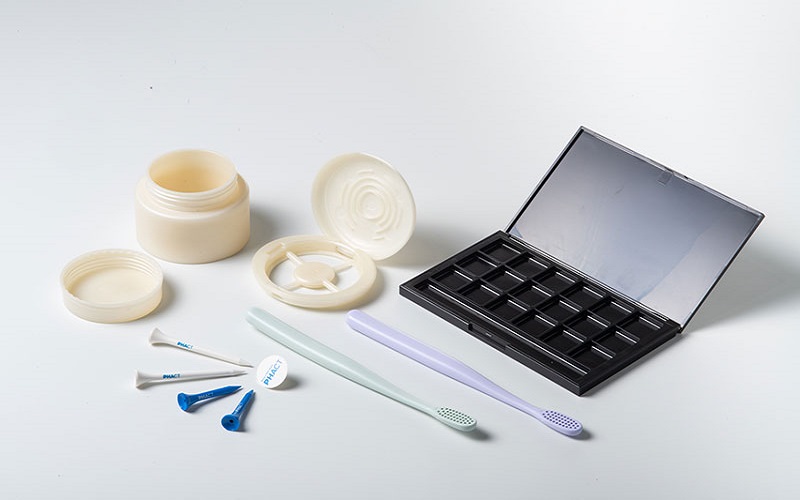
What Is TPU?
TPU, or thermoplastic polyurethane elastomer, is an elastic material composed of polyurethane or its derivatives.
This composition gives TPU material excellent wear resistance, a wide range of hardness, and high mechanical strength.
It combines the elasticity of rubber with the processability of plastic and has greater adhesion compared to rigid materials like PLA and PETG.
These unique properties make TPU widely used in various fields, including automotive parts, shoe soles, and electrical cables.
Currently, TPU is primarily used in low-end consumer products, while its high-end applications are largely dominated by multinational corporations, making it one of the fastest-growing thermoplastic materials.
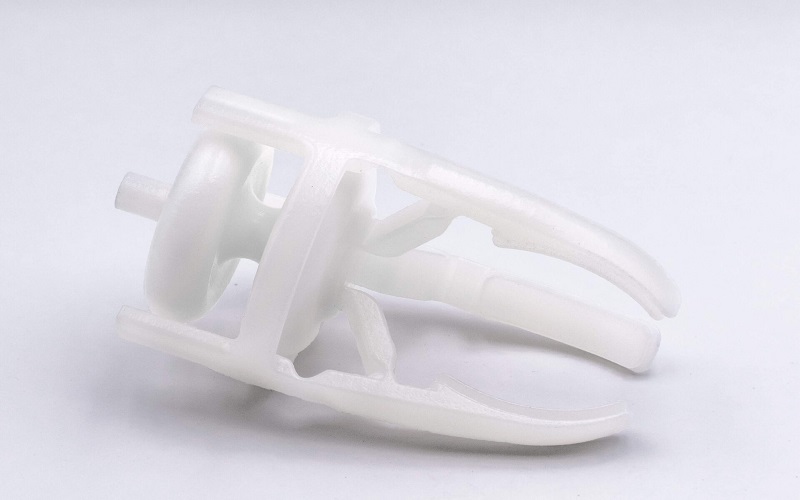
PLA vs TPU:Properties
To compare PLA and TPU materials, it is essential to first understand their respective properties.
Polylactic acid exhibits good thermal stability with a processing temperature range of 170-230°C.
It has excellent solvent resistance and possesses certain antibacterial, flame-retardant, and UV-resistant properties, making it widely used in applications such as packaging materials, fibers, and non-woven fabrics.
Thermoplastic polyurethane is renowned for its high wear resistance, wide range of hardness, excellent impact resistance, load-bearing capacity, cold resistance, and shock absorption performance.
Additionally, it has superior rebound resilience.
Below is a table comparing the physical properties of PLA and TPU:
Properties | PLA | TPU |
Density(g/cm3) | 1.25-1.28 | 1.10~1.25 |
Melting Point(℃) | 176 | 160-220 |
Tensile Strength(MPa) | 40-60 | 25-50 |
Water Absorption(%) | 0.1-0.5 | 0.1-1.0 |
Shrinkage(%) | 0.3-0.5 | 0.4-1.5 |
Impact Strength (J/m) | 20-40 | 100-150 |
Heat Deflection Temp (℃) | 50-60 | 40-80 |
PLA vs TPU:Processing Methods
Due to the significant differences in the properties of PLA and TPU, their processing methods also differ.
PLA can be processed through various methods such as extrusion, spinning, biaxial stretching, injection molding, and blow molding.
In the PLA injection molding process , it is necessary to equip an appropriate cooling system to control the mold temperature between 20-30°C.
Additionally, PLA pellets need to be dried before processing to avoid degradation issues caused by moisture.
TPU, being a linear structure polymer, can be processed using the same techniques and equipment as thermoplastic plastics, such as injection molding, extrusion, blow molding, and calendering.
Among these, TPU injection molding is the most common due to its high wear resistance and elasticity, which give TPU products a wide range of applications.
Furthermore, TPU can be processed with certain polymer materials to obtain polymer alloys with complementary properties.
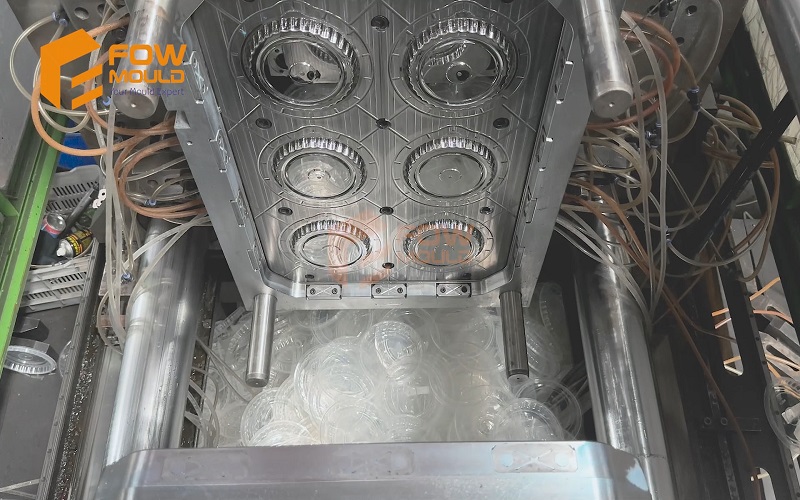
PLA vs TPU:3D Printing
In the field of 3D printing, PLA and TPU each have their own advantages and limitations.
Firstly, PLA has a relatively low melting temperature, adheres well to the print bed, and reduces warping risk, enabling high-precision, detailed models without releasing harmful gases.
It is available in a wide range of colors but is brittle, has low strength, and is sensitive to sunlight and high temperatures, making it ideal for beginners and display models.
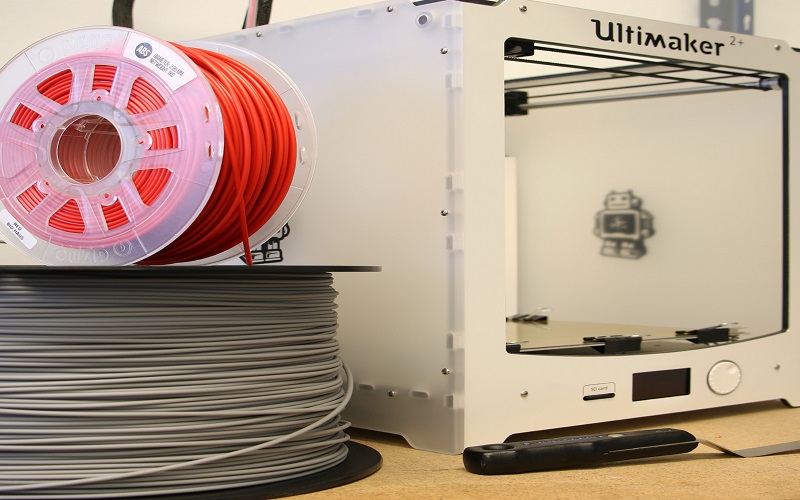
Compared to PLA, TPU’s greatest advantage lies in its composition, which includes soft and hard segments from different materials, giving it the high elasticity of rubber and the high strength of plastic.
This makes TPU ideal for creating flexible parts that require high elasticity and durability.
However, TPU is more challenging to print, requiring 3D printing companies to use printers with good extrusion systems and appropriate bed temperature control (usually between 40-60°C) to prevent clogging or warping during the printing process.
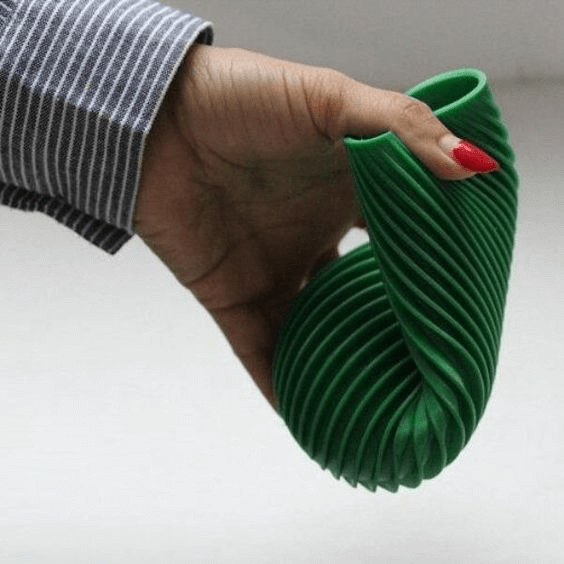
PLA vs TPU:Applications
Due to its excellent biodegradability and biocompatibility, PLA is widely used in various fields such as food packaging, textiles, medical devices, and agriculture.
- Food Packaging: Disposable tableware, fresh fruit and vegetable wraps
- Medical Devices: Disposable infusion tools, absorbable surgical sutures, artificial bone fixation materials
- Textiles: Non-woven shopping bags, tent fabrics
- Agriculture: Agricultural films
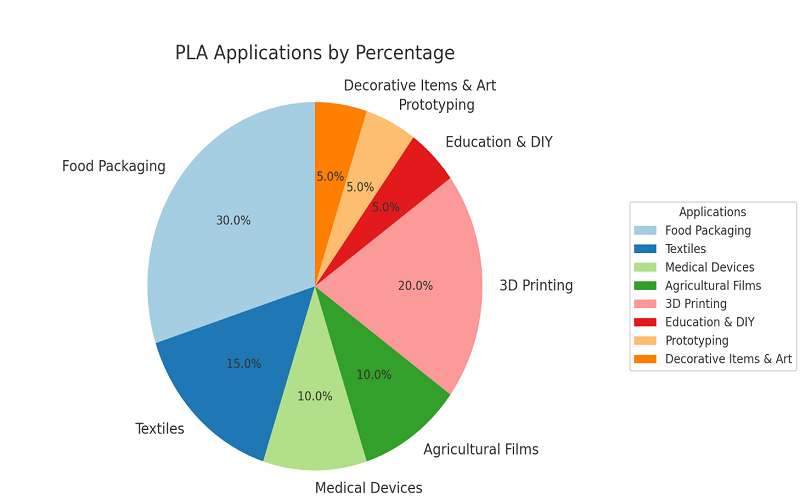
TPU, as a polymer material, is a key material for industrial transformation and upgrading in high-end manufacturing fields, mainly used in clothing and footwear, pharmaceuticals, national defense, and sports goods.
- Clothing and Footwear: Sports shoe air cushions and uppers, ski jackets, winter jackets
- Pharmaceutical Products: Surgical gowns, hospital pads, ice packs, bandages, plasma bags
- Defense Products: Aircraft fuel tanks, weapon storage covers, tent windows, life jackets
- Sports Goods: Soccer surfaces and inner linings, inflatable beds, ski gloves (waterproof bags)
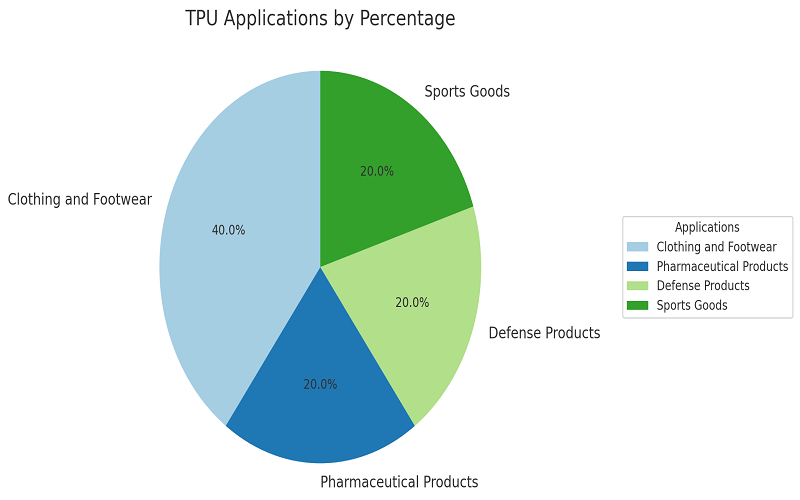
PLA vs TPU:Safety
Generally, we consider both PLA and TPU to be safe materials.
From the perspective of the material itself, pure PLA and its oligomers have long been widely regarded as non-toxic substances.
The monomer of PLA, lactic acid, is recognized as safe by the U.S. Food and Drug Administration (FDA) and the European Union.
Many grades of PLA comply with global food contact requirements legislation in the U.S. and the EU, answering the question “Is PLA safe” affirmatively.
Additionally, PLA is highly safe for the human body and can be absorbed by tissues.
Combined with its excellent physical and mechanical properties, PLA is also used in the biomedical field.
In countries such as the U.S. and those in Europe, PLA has already been used to replace stainless steel in the manufacture of absorbable surgical sutures and bone fixation devices.
Similarly, TPU is considered a non-toxic and safe material, free from BPA and other harmful chemicals.
With its good biocompatibility and chemical resistance, TPU meets the requirements for medical device production, such as medical protective gear, infusion tubes, and plasma bags.
In terms of TPU safety, although TPU requires higher temperatures during processing, which may release harmful gases, its use is safe as long as proper ventilation and safety measures are in place.
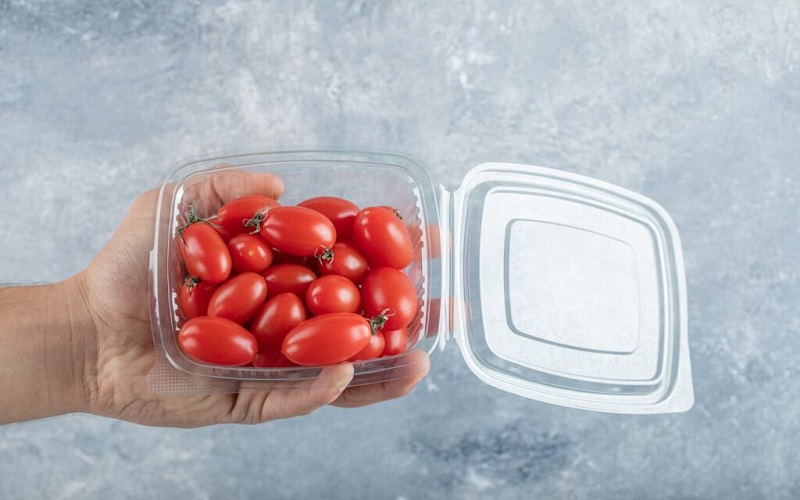
PLA vs TPU:Recyclability and Sustainability
As the demand for environmentally friendly materials continues to grow, PLA and TPU are demonstrating unique advantages in sustainability and environmental protection.
It is well known that PLA is biodegradable, but it can also be reused through mechanical and chemical recycling methods.
Mechanical recycling involves shredding, melting, and remolding discarded PLA products into new items, while chemical recycling involves breaking down PLA into its monomer, lactic acid, which can then be used to produce new PLA.
TPU is also recognized as an environmentally friendly material. Discarded TPU products can be recycled, shredded, cleaned, and reprocessed into new TPU items.
During production and use, TPU exhibits significant environmental advantages.
Modern manufacturers employ solvent-free production techniques, reducing the emission of volatile organic compounds (VOCs) and thus lowering environmental pollution.
Furthermore, the durability and long lifespan of TPU products reduce the need for frequent replacements, further minimizing waste generation.
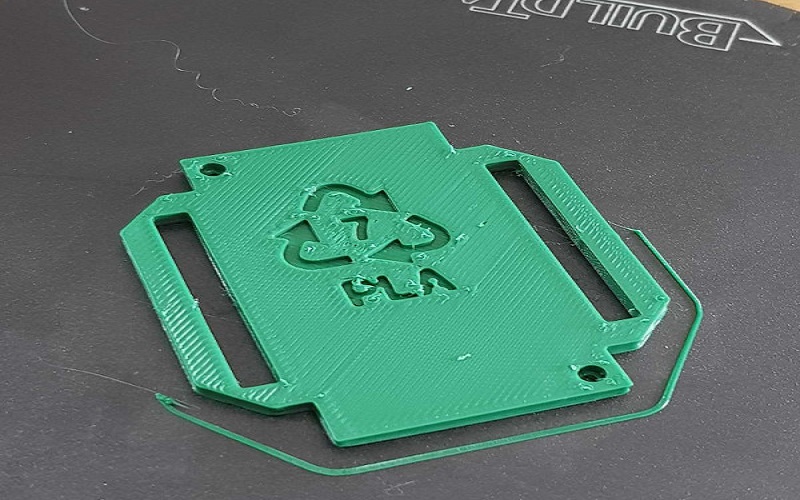
Which is better ,PLA or TPU?
Judging which is superior between PLA and TPU is a difficult question to answer because they each have unique advantages and characteristics in different application areas.
PLA is renowned for its biodegradability and environmental friendliness, making it ideal for use in food packaging, disposable tableware, and biomedical devices.
On the other hand, TPU is widely used in industrial, medical, and consumer product fields due to its high elasticity, durability, and chemical resistance.
In terms of 3D printing, TPU is more challenging to print than PLA, requiring higher technical skills and equipment adjustments, but it is also more robust and durable than PLA.
Overall, both PLA and TPU have their strengths. If a project requires environmentally friendly and easy-to-print materials, PLA is the better choice.
Conversely, for applications that need high elasticity and durability, TPU is more suitable.
